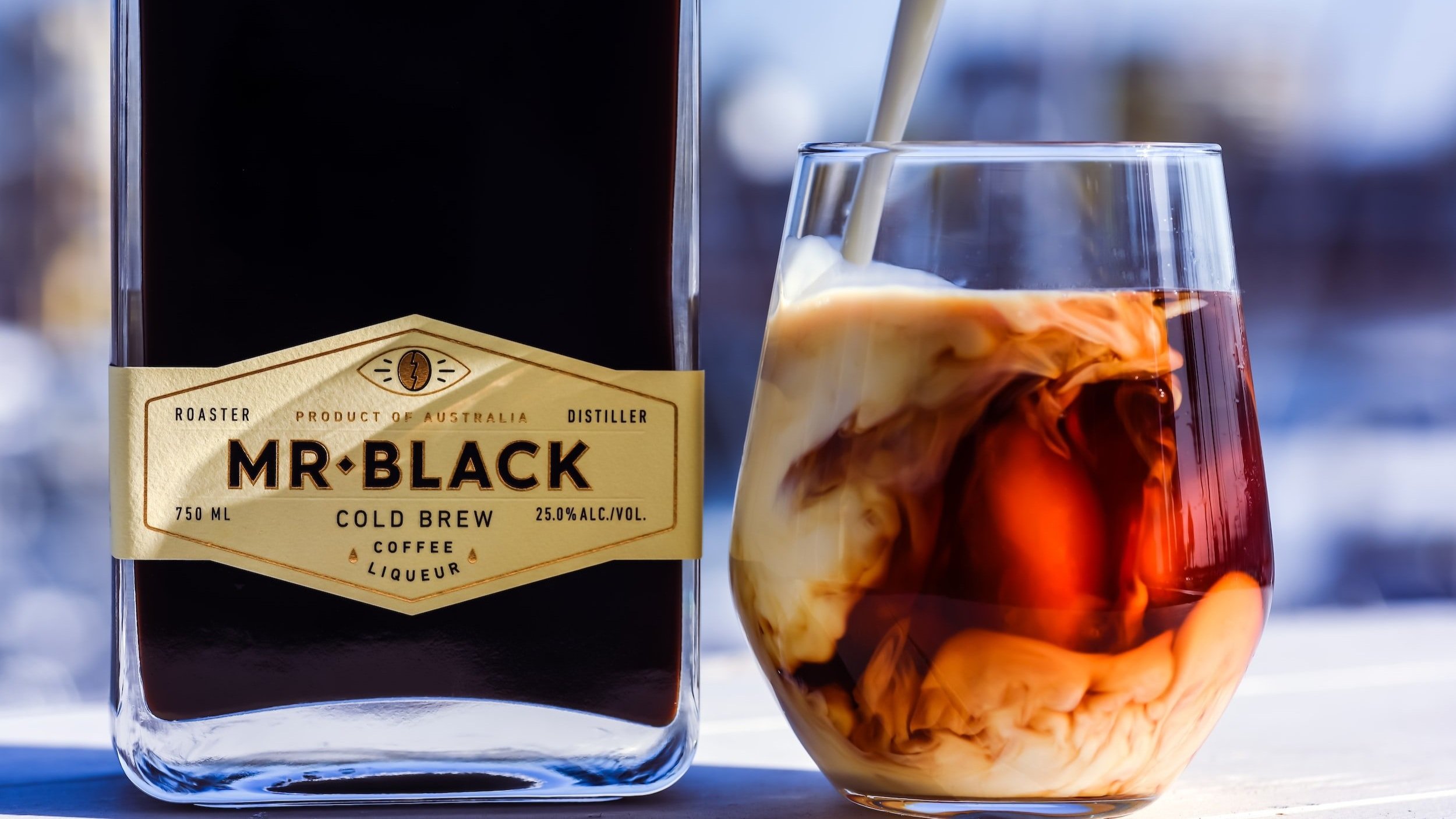Cold Brew: A Refreshing Take on a Timeless Classic
Cold brew coffee has taken the world by storm, offering a smoother, less acidic, and more versatile alternative to traditional hot coffee. With roots dating back to 17th-century Japan, this modern favorite has an interesting history and a variety of brewing methods. Let's dive into the world of cold brew to better understand its past, present, and future.
The origin of cold brew coffee can be traced back to the 17th century in Japan, where it was known as "Kyoto-style" coffee. The technique was first developed by Japanese merchants who wanted to preserve their coffee without compromising its flavor. They discovered that steeping coffee grounds in cold water produced a rich, concentrated coffee extract that could be stored for extended periods. This method quickly gained popularity, and as it spread across the world, it evolved into the cold brew we know and love today.
In recent years, cold brew has become a favorite among coffee enthusiasts and casual drinkers alike. This is, in part, due to its unique taste profile and the rise of third-wave coffee shops that emphasize high-quality beans and brewing techniques. The versatility of cold brew has also led to the development of new products, such as canned and bottled cold brew, nitro cold brew, and cold brew concentrates, making it even more accessible to consumers.
There are two primary methods for making cold brew coffee: immersion and slow drip. In the immersion method, coffee grounds are steeped in cold water for an extended period (typically 12-24 hours) and then filtered to produce a coffee concentrate. This method is known for producing a smoother, less acidic coffee with a full-bodied flavor. The slow drip method, also known as "Dutch" or "Kyoto-style" cold brew, involves a slow drip of cold water through coffee grounds. This process can take anywhere from 3-12 hours, and it results in a brighter, more aromatic brew.
A Few Interesting Facts about Cold Brew:
Lower acidity: Cold brew coffee has significantly lower acidity levels than hot coffee, making it an ideal choice for those with sensitive stomachs or acid reflux.
Higher caffeine content: Due to its longer steeping time and higher coffee-to-water ratio, cold brew often contains more caffeine than its hot counterpart.
Versatility: Cold brew can be enjoyed in various ways, such as diluted with water or milk, sweetened, or even used as a base for cocktails.
Longer shelf life: Cold brew coffee can be stored in the refrigerator for up to two weeks without losing its freshness or flavor.
Cold brew coffee has come a long way since its humble beginnings in 17th-century Japan. Today, it stands as a testament to the evolving tastes and preferences of coffee drinkers worldwide. With its unique flavor profile, versatile uses, and growing popularity, cold brew has earned its place in the pantheon of coffee classics. So, whether you're a seasoned coffee connoisseur or a casual drinker, give cold brew a try and experience the refreshing taste that's captured the hearts of millions.

